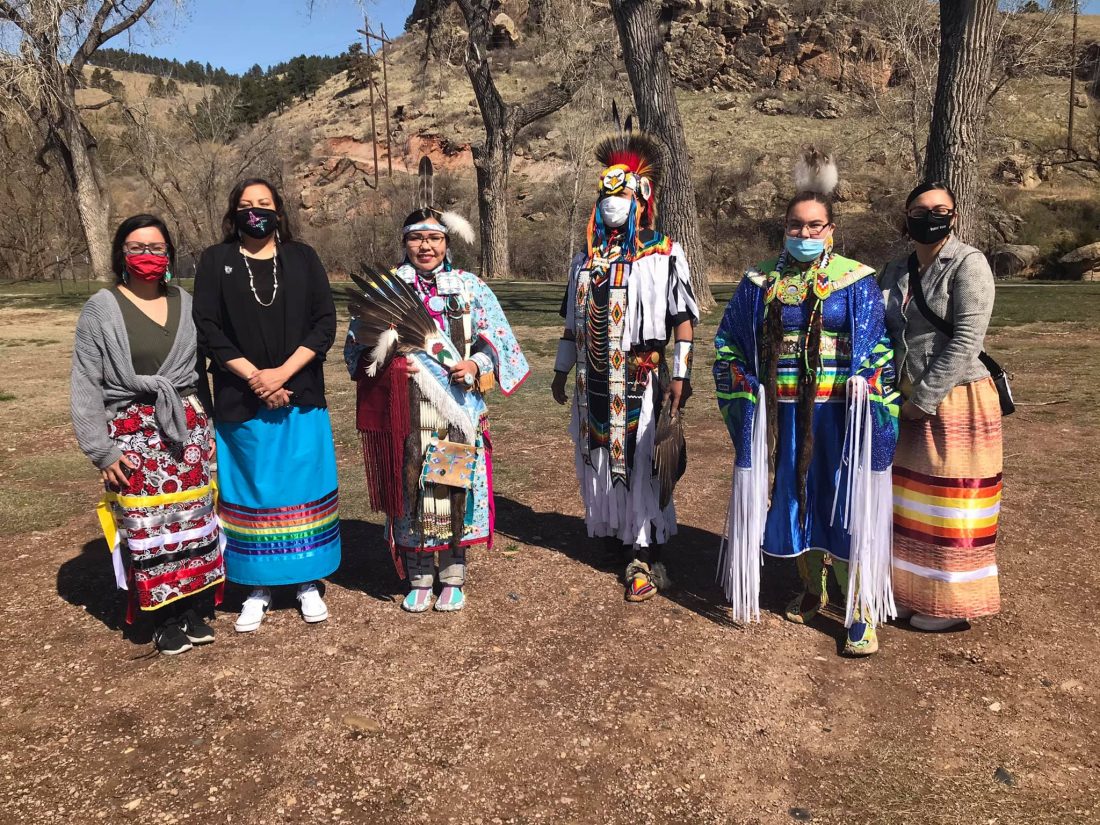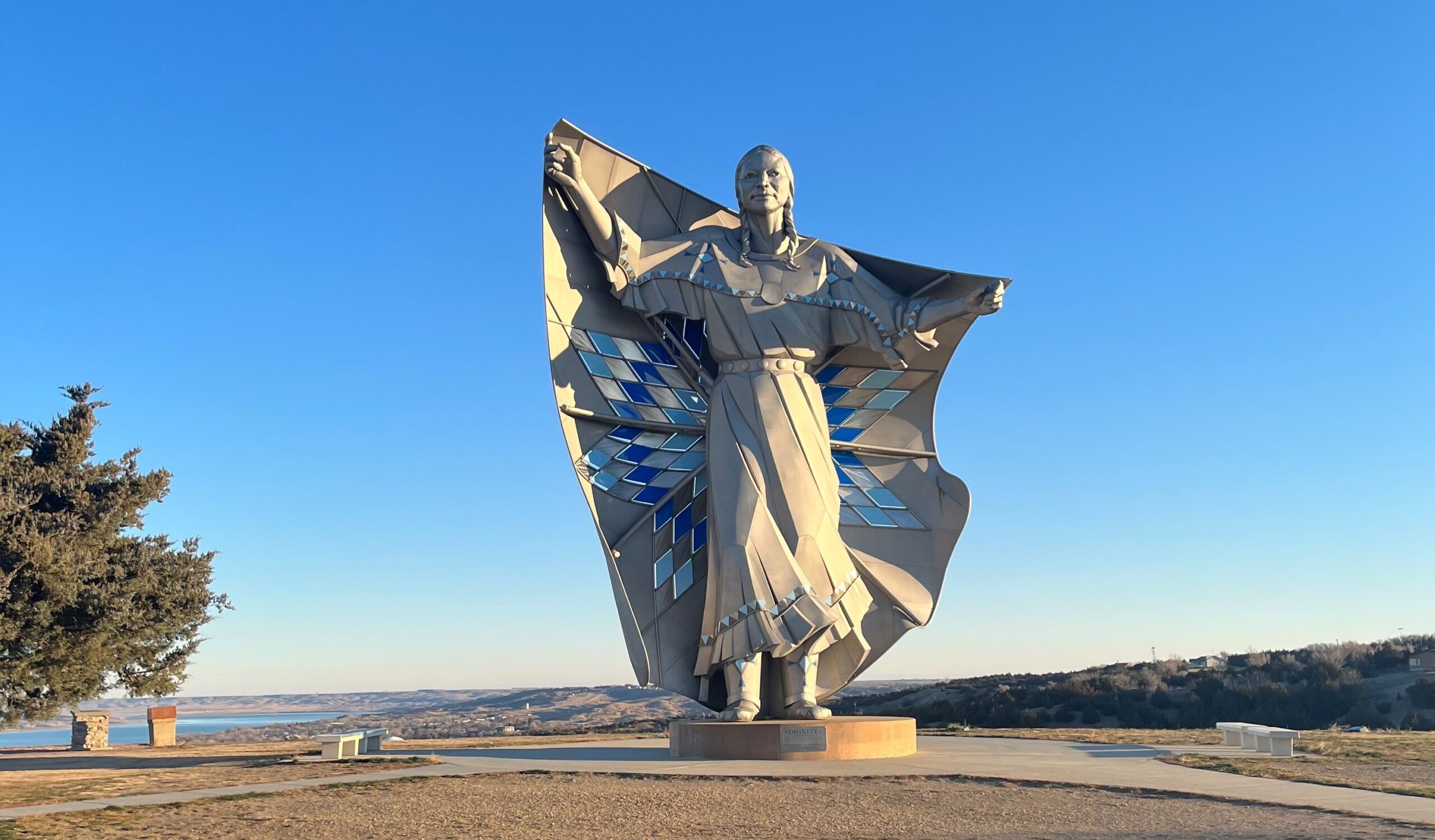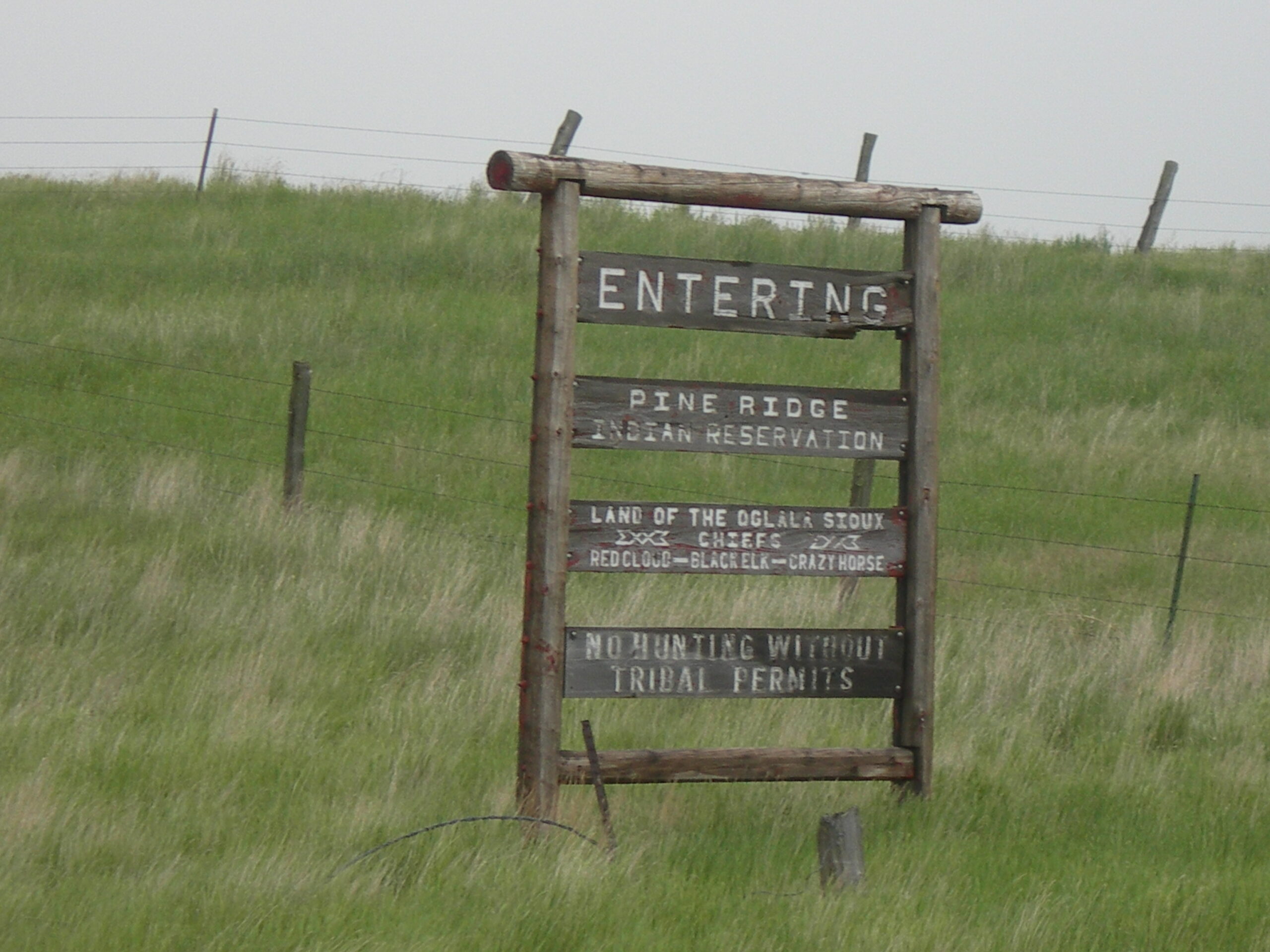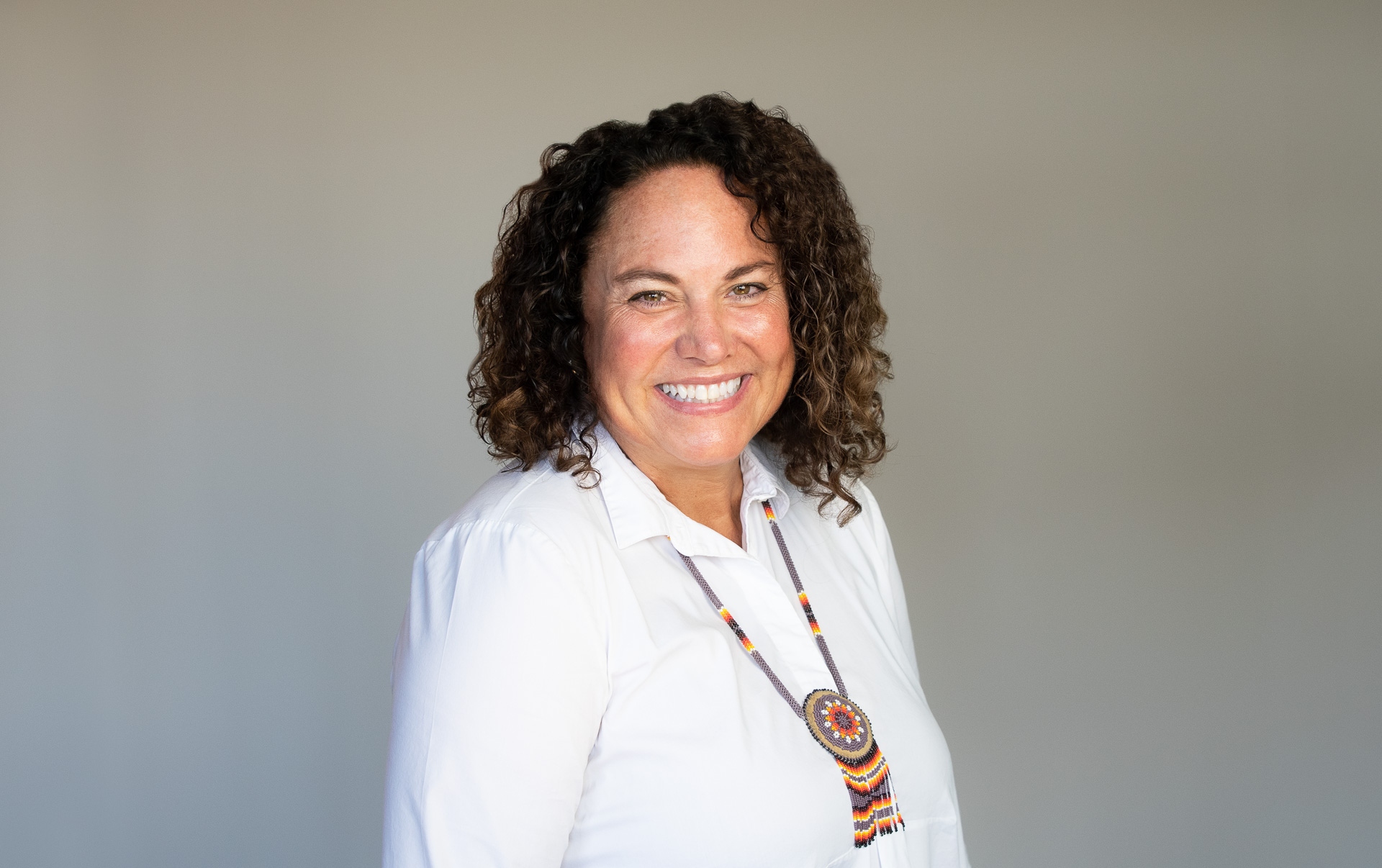Lessons for supporting Native-led disaster recovery
I was recently honored to be a panel participant of Disaster Philanthropy and Native Americans: Practical Tips for Funding On and Off Reservations, a webinar hosted by the Center for Disaster Philanthropy (CDP). We discussed how funders could work in community with tribal organizations to create partnerships for change. I learned from my fellow panelists […]

I was recently honored to be a panel participant of Disaster Philanthropy and Native Americans: Practical Tips for Funding On and Off Reservations, a webinar hosted by the Center for Disaster Philanthropy (CDP). We discussed how funders could work in community with tribal organizations to create partnerships for change. I learned from my fellow panelists and the questions and comments from the participants.
Dr. John T. Cooper, Jr., assistant vice president for public partnership and outreach at Texas A&M University and chair of CDP’s Advisory Council, moderated the discussions and was joined by Jesalyn Keziah, MSW, a member of the Lumbee Tribe and the community engagement program officer at the American Indian Center at UNC Chapel Hill; Dawn Knickerbocker, member of the Anishinaabe, White Earth Nation and vice president of development and external engagement at Native Americans in Philanthropy (NAP); and me – Heidi Schultz, program manager CDP Early Recovery Fund Native & Tribal Communities Disaster Recovery Program. Both Dawn and Jesalyn have been grantees and funders, so sharing their knowledge and experience in multiple roles in their Native voice was powerful.
Please read on for an overview of what was shared, what attendees learned and key takeaways funders can apply in their work in ways that build trust, community and partnership with Native communities and organizations.
Philanthropic investment in Native communities
Native American organizations are severely underfunded. Investing in Native Communities, a philanthropic data tracking partnership between Candid and NAP, reports that from 2002 to 2016, large U.S. foundations gave, on average, 0.4% of total annual funding to Native American communities and causes. Twenty percent of large foundations give to Native communities and causes, but most give only one or two grants. Most grant dollars are for program support (56%), while only 15% goes to general operating support. However, general operating support is often viewed as essential for Native-led organizations to have the flexibility and autonomy to achieve their missions.
As a result, when disaster strikes, the already stressed and neglected infrastructure and capacity of Native communities is challenged to respond and facilitate recovery without the necessary resources.
I see it in my work with disaster recovery in Native communities every day. As funders, we need to prioritize Native communities when focusing on populations that are underserved and disproportionately affected by flooding, severe storms and other disasters.
Takeaways for donors
Webinar panelists offered recommendations for funders to address persistent underinvestment in Native communities and organizations through relationships and partnerships for longer-term investments in people and communities – versus short-term project-specific funding:
– Build solid and deep relationships with Tribal grantees and their communities. Philanthropy is often a transactional relationship, which doesn’t work in tribal communities mainly because of the history of colonialism and systemic discrimination. Exercise patience.
“Relationship and reciprocity are not things that happen immediately. It requires intentional, not transactional interactions — work moves at the speed of relationship,” said Keziah.
At CDP, we invest more time with each partner because we know that as funders, we need to take that time to build relationships, trust and comfort with each other to have fruitful partnerships.
An attendee learned, “It’s not on ‘my’ time or the funder’s timeframe. We have to get rid of the white/colonial construct of time so that we can better serve our Native partners and communities. I also say that knowing in my time with my funding organization, I can’t recall a grant being issued to a Native-led organization. We need to do more work to see who is doing the work and support them in their efforts!”
– Building relationships may need to include reconciliation. Much of the wealth in this country was built off of Indigenous land. Humble yourselves as funders and recognize the harm that may have been done to generate your foundation’s assets.
Knickerbocker shared, “Philanthropy was built off of the enrichment of the people who came here, off the land.”
An attendee acknowledged, “I appreciated the truth that was spoken by the presenters.”
– Trust in tribal knowledge and the local people to lead. Fund Native-led organizations and local people to do the work. Invest in the community and the people who work there. Work to enhance their existing knowledge, build and help leverage their capacity. In urban areas, find and partner with Native-serving organizations.
“Be patient and get to know the Native communities, look towards sustaining their work with multi-year funding, capacity building and training; developing their people,” said Keziah.
“When thinking about the Native American/American Indian communities, that these communities are everywhere and are not dying out,” an attendee highlighted.
Overall, the panel emphasized cultural competence, listening and learning through open-spirit questioning as important foundations to work in community with Native-led organizations and Native communities.
Interested in funding Native-led disaster recovery? Do you want to partner with CDP or share ideas about working in community with Native organizations and communities? Please reach out to me.
Wopila
More like this

Recovery and Healing: The right thing in the right way

